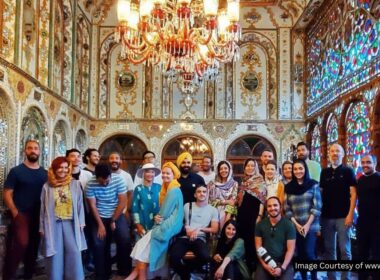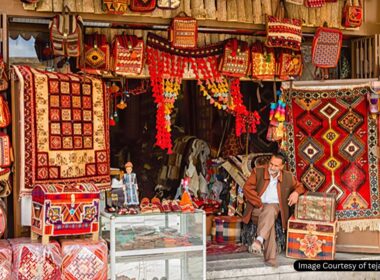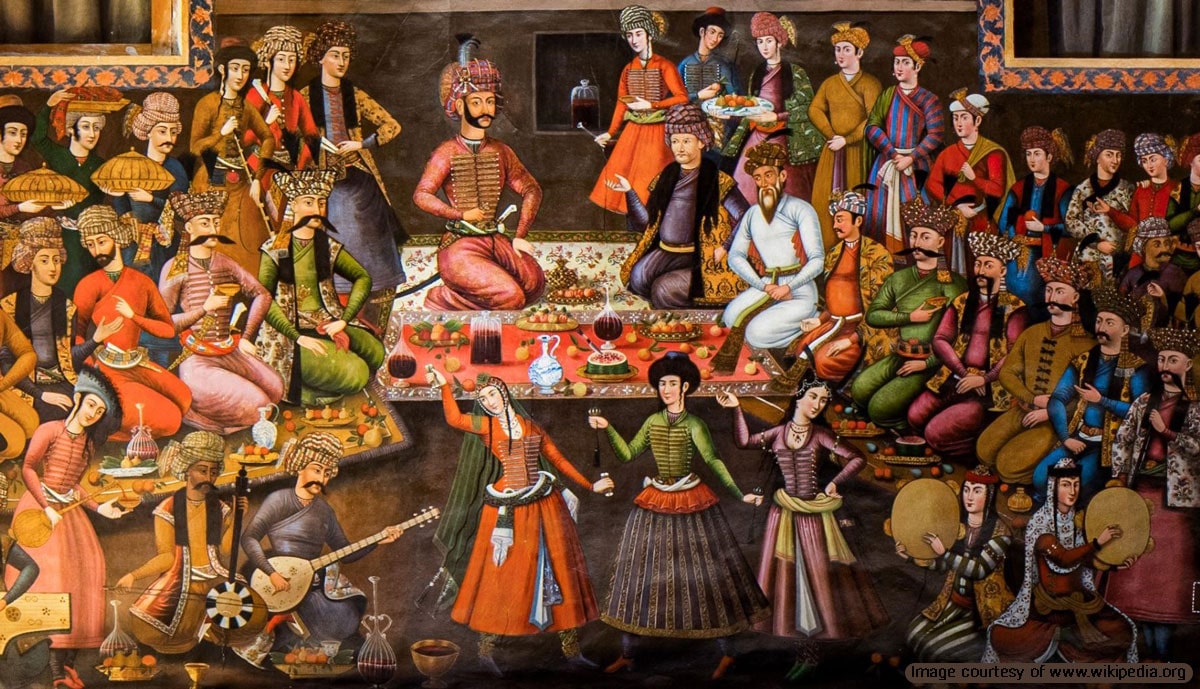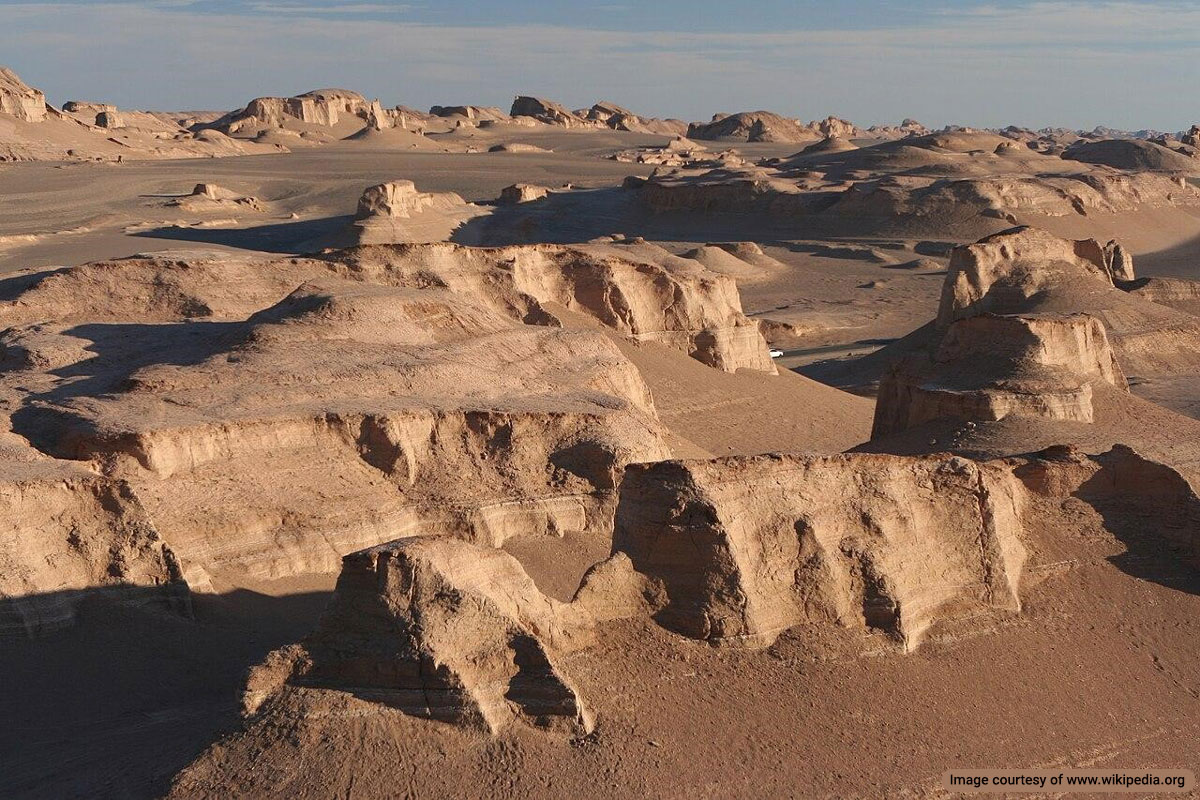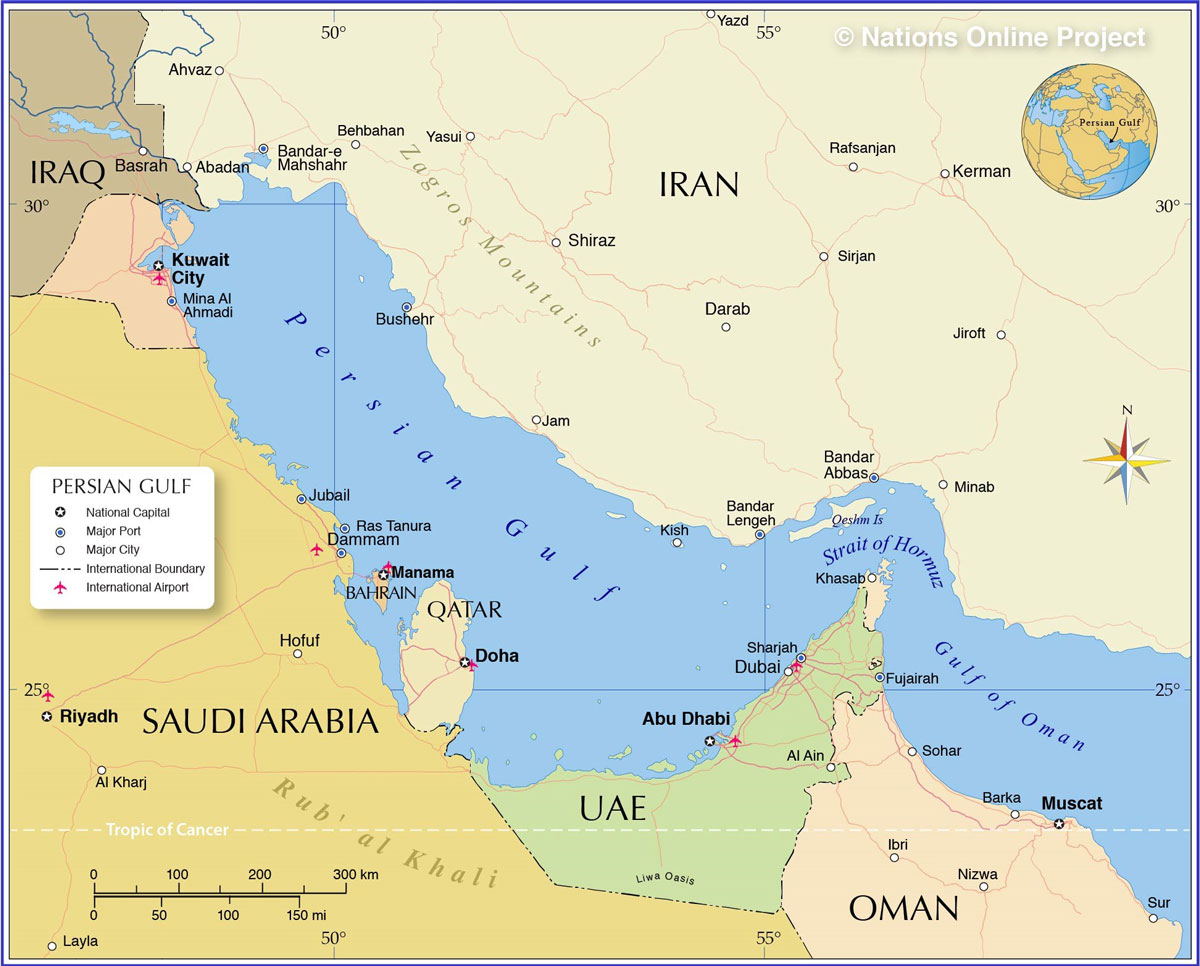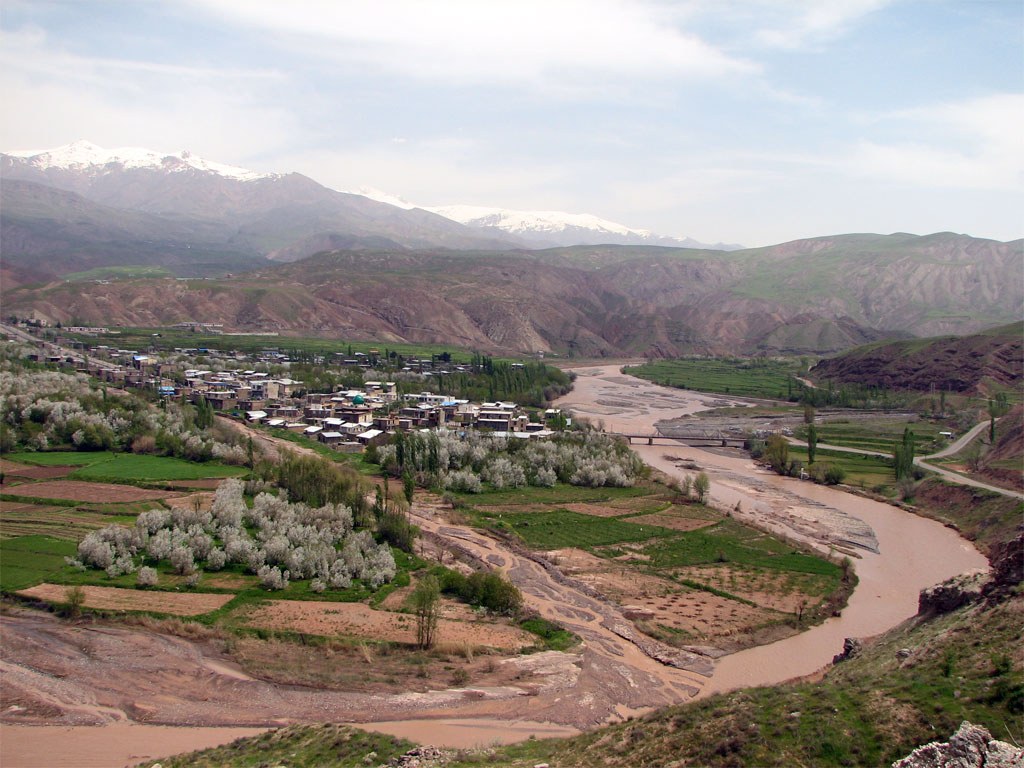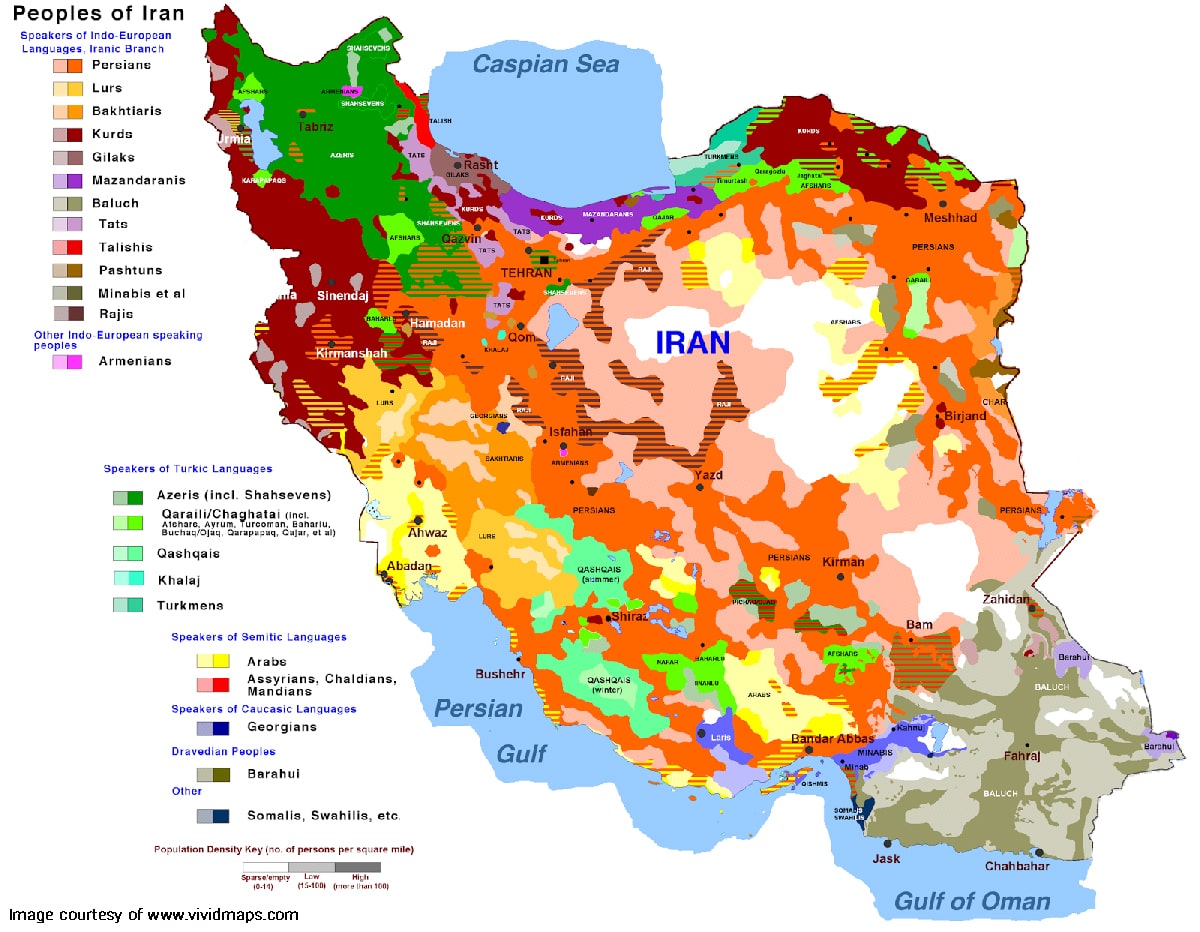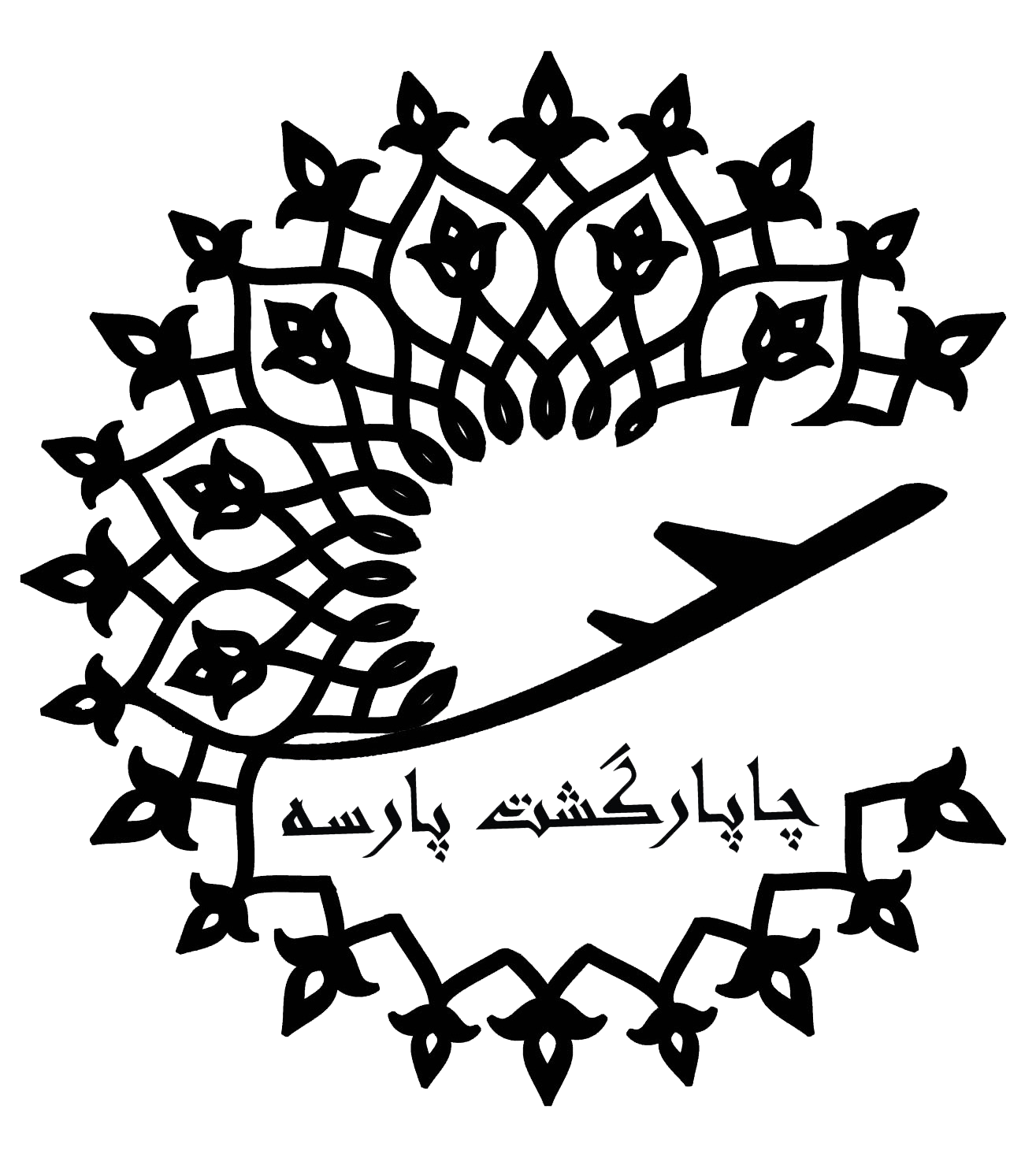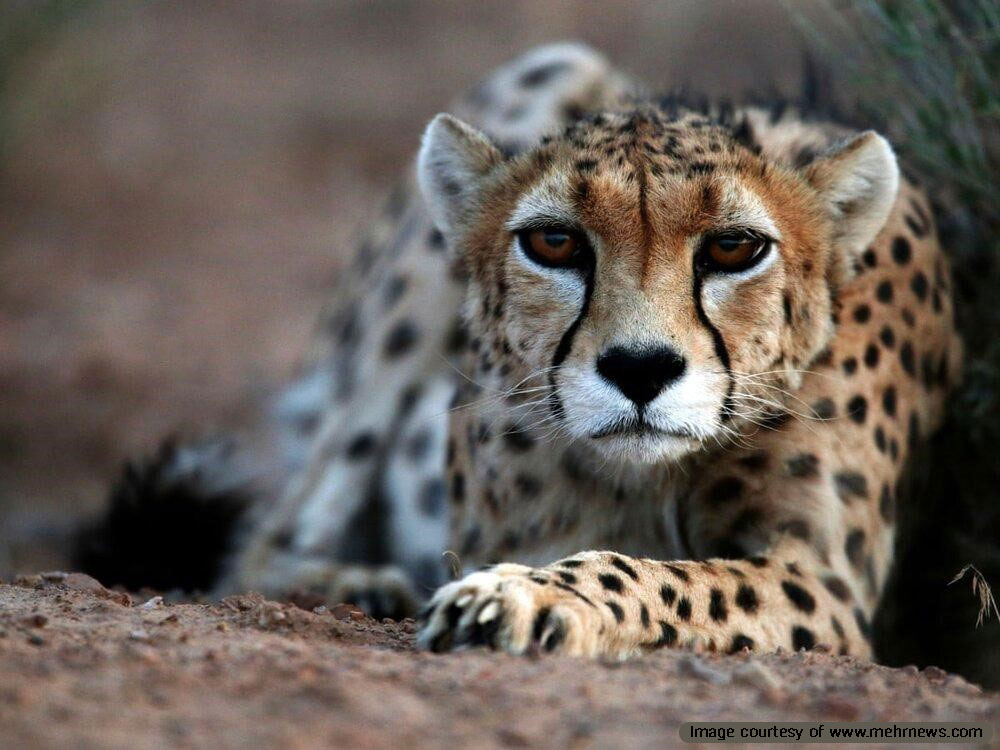
The Asiatic cheetah (Acinonyx jubatus venaticus) is a unique subspecies of the cheetah (Acinonyx jubatus), an iconic predator and the fastest land animal in the world. Renowned for their remarkable speed, these large cats were primarily found in Asia’s arid and semi-arid regions. Historically widespread, the Asiatic cheetah’s range encompassed parts of the Middle East and the Indian subcontinent. Unfortunately, the population of them has dropped significantly due to various anthropogenic factors. Today, they can only be found in small numbers throughout the deserts of Iran, leading to their designation as an endangered species.
Distinct Characteristics of the Asiatic Cheetah
The Asiatic cheetah is similar in appearance to its African relatives but possesses several unique characteristics. Generally smaller and lighter than the African cheetah, Asiatic have a narrower build, with males weighing between 34 to 55 kg and females slightly smaller. The average length of their head and body is 112-135 cm, while their tails are 66-84 cm long.
Their coat features the characteristic spots of cheetahs, but the fur is paler, with a more defined pattern. One of the most recognizable traits is the “tear mark”, a patch of coarse black fur running from the eyes to the mouth, believed to reduce glare from the sun and enhance vision while hunting.
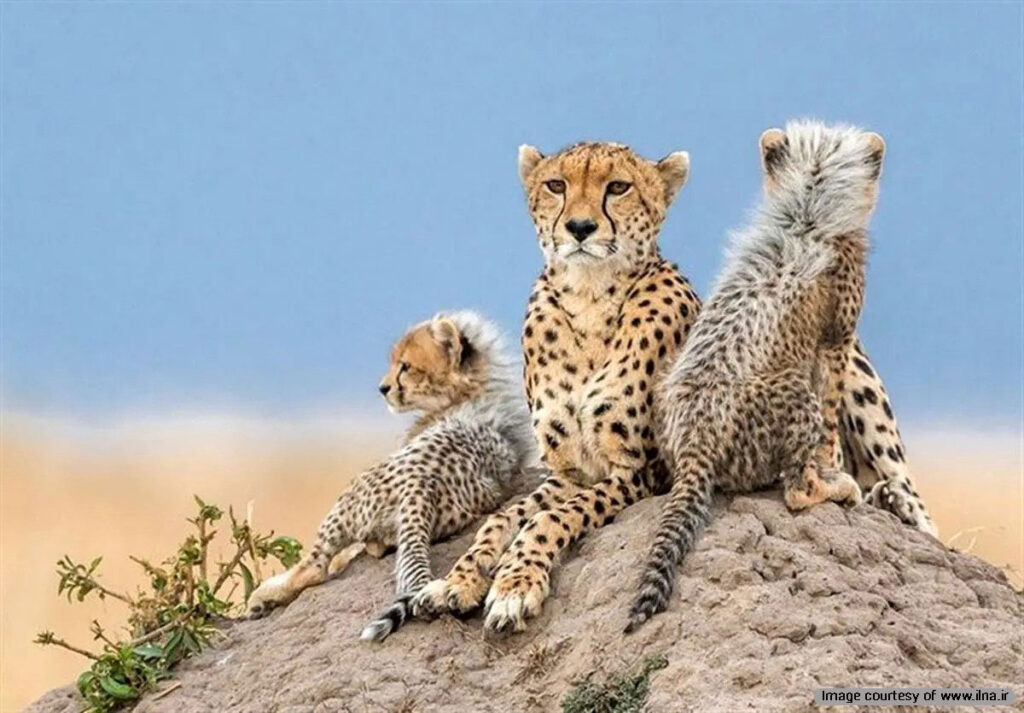
The Iranian cheetah is most famous for its exceptional speed, capable of reaching up to 65 miles per hour (104 km/h) in short bursts and covering distances up to 1,500 feet. Its body has specially evolved for sprinting, with long legs, a lightweight frame, and a flexible spine that allows for extended strides. Unlike other big cats, the cheetah’s social behavior is typically solitary or in small groups. Males often form hunting bands, while females usually hunt alone with their cubs.
Geographic Range and Habitat of the Asiatic Cheetah
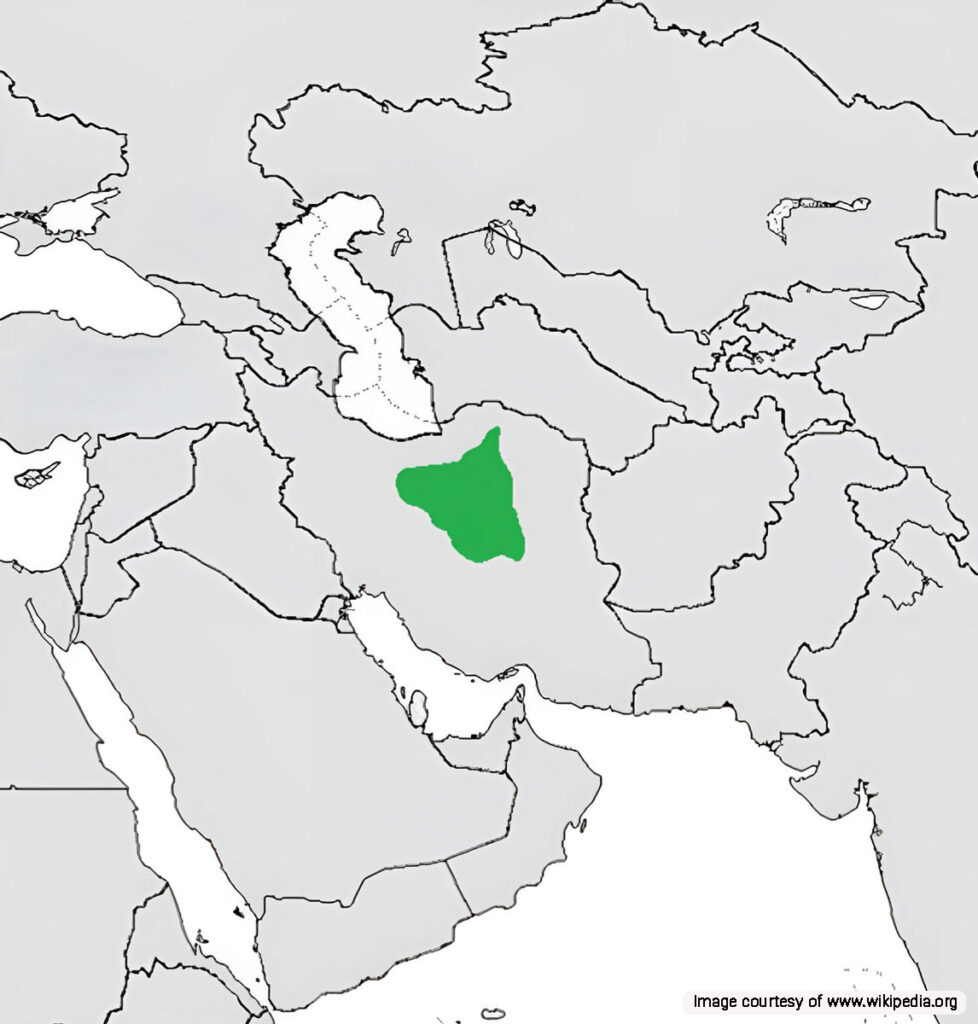
In the distant past, the Asiatic cheetah roamed a vast territory, from the Indian subcontinent stretching to the Middle East, from the Arabian Peninsula to parts of Iran, Iraq, and Afghanistan. However, their current range has been drastically reduced due to habitat destruction and poaching. In the past decades, the Iranian cheetah has been limited to the arid and semi-arid desert regions of Iran, where conservation efforts are in effect. This area includes the deserts of Dasht-e Kavir, in protected areas such as:
- Kavir National Park
- Touran National Park
- Bafq Protected Area
- Dar-e Anjir Wildlife Range
- Naybandan Wildlife Reserve
The typical habitat of the Asiatic cheetah in Iran is dry grasslands, scrublands, and semi-deserts that provide sufficient cover for stalking and hunting prey. These habitats also support the population of smaller herbivores that cheetahs hunt, such as gazelles and hares. Unfortunately, urban expansion and aggressive agricultural practices have led to significant habitat fragmentation, posing great risks to their survival.
Population Decline: Causes and Consequences
The cheetah’s population has dropped dramatically over the last century. Once numbering in the thousands, it is estimated that fewer than 50 individuals remain in the wild in Iran. The major contributing factors to this decline are habitat loss, poaching, reduction of prey population, and human-wildlife conflict.
Habitat loss is mainly driven by agricultural expansion, urban development, and infrastructural projects that take over natural landscapes. These activities have diminished the cheetah’s territory, disrupting their hunting grounds.
Even today, poaching poses a significant threat. Although cheetahs are not often targeted for their fur, they are sometimes killed by livestock herders in retaliation for hunting their herds or crossing into their farmlands.
The decline in prey population, particularly of smaller herbivores, has led to increased competition among remaining cheetahs and other predators in the Iranian deserts. With a shrinking prey pool, cheetahs often struggle to find sufficient food, leading to malnutrition and lowered reproductive success. The consequences form a downward spiral for the Iranian cheetah, making recovery increasingly difficult.
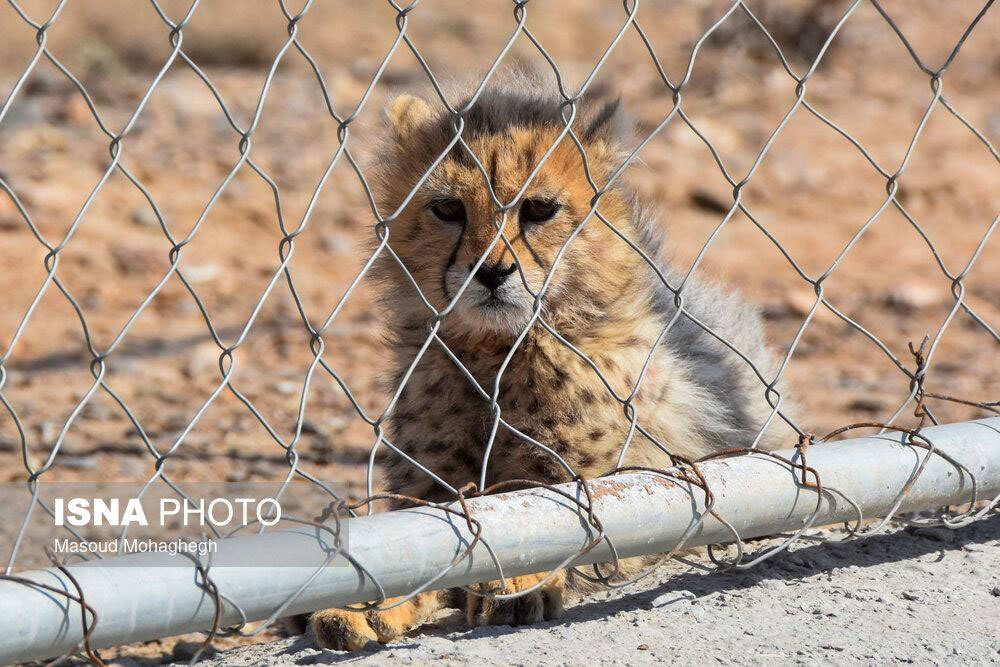
Conservation Efforts
The Asiatic cheetah is classified as Critically Endangered on the IUCN Red List, primarily due to its limited population and range. Recognizing the urgent need for conservation, various organizations and governments have initiated several programs aimed at protecting this iconic subspecies of predators.
In Iran, conservation strategies have focused on habitat restoration, anti-poaching measures, and community engagement. For instance, the Iranian government, alongside international conservation organizations, has been working to establish protected areas for them. The establishment of reserves like the Touran Protected Area has been crucial for this effort, as these sites aim to create safe habitats where the remaining cheetah population can thrive.
There have been several campaigns to involve local and international communities in conservation initiatives. By promoting ecotourism and providing education on the importance of biodiversity, conservationists aim to cultivate a sense of conservatorship among Iranians.
The Role of Asiatic Cheetahs in The Ecosystem
Cheetahs are often recognized as apex predators in their habitat. Their primary role is to manage the populations of smaller herbivores, such as gazelles, hares, wild sheep and goats, and chinkara. If left unchecked, these herbivores will overgraze vegetation and lead to desertification on a wider scale. By hunting these animals, Asiatic cheetahs help maintain biodiversity and maintain healthy ecosystems.
The decline of the Asiatic cheetah raises concerns about ecological imbalances, as their absence could lead to an overpopulation of the mentioned prey species. This will result in negative repercussions for the habitat, including vegetation degradation and shifts in other animal populations. Preserving them is paramount not only for their survival but also for maintaining the health of the ecosystems they inhabit.
Challenges in Conservation
The conservation efforts for the Asiatic cheetah face several significant challenges. A persistent threat is a human-wildlife conflict, particularly in areas with increased agricultural activities. Farmers view cheetahs as a threat to their livestock, which can lead to retaliatory killings. Addressing these conflicts through effective management strategies is one of the main tasks of the conservation movement.
Another challenge is the lack of genetic diversity within the remaining cheetah population. With such a limited gene pool, inbreeding can lead to serious genetic issues, leading to decreased fertility and increased vulnerability to diseases. Conservationists are exploring options for enhancing genetic diversity, including potential relocation or cross-breeding initiatives, although these efforts lead to more complications and ethical considerations.
Finally, securing funding for long-term conservation programs. Many organizations rely on grants and donations, and shifts in political and economic priorities have affected the activities of such initiatives. Local and international backers must remain committed to sustainable conservation funding.
International and National Legal Frameworks
Numerous international agreements and national regulations aim to protect endangered species, including the Asiatic cheetah. The Convention on International Trade in Endangered Species of Wild Fauna and Flora (CITES) plays a pivotal role in regulating international trade of cheetah skins and body parts, contributing to their protection.
On a national level, Iran has implemented several laws aimed at wildlife conservation and habitat protection. These laws strive to combat illegal poaching and preserve natural habitats critical for the survival of them. Collaborative efforts between governmental bodies, domestic NGOs, and local communities are essential for enforcing these laws effectively.
Cultural Significance and Symbolism
Asiatic cheetahs hold significant cultural value across different societies, often symbolizing grace, speed, and vitality. In ancient Persian culture, cheetahs were respected hunters, often used by royalty in hunting trips. This historical association continues to resonate, lending a cultural depth to efforts aimed at cheetah conservation.

Educating communities about the ecological role of the Asiatic cheetah and the benefits of preserving these predators can reduce human-wildlife conflict and foster coexistence. In the last decade, the Iranian national soccer team added them to their official jerseys to promote awareness about this endangered species.
Moreover, cheetahs are an essential part of contemporary wildlife conservation discussions. They inspire a broader awareness of environmental issues and the importance of biodiversity. Such discussions encourage people to get involved in wildlife protection. Through art, literature, and education, the image of the Iranian cheetah serves as a symbol of the fragile balance of the ecosystems.
How to Help: Supporting Asiatic Cheetah Conservation
Individuals looking to support Iranian cheetah conservation can do so in several ways. Firstly, increasing awareness about the challenges these animals face is essential. Informing friends, family, and communities through social media about the endangered state of the cheetah can create a ripple effect, furthering advocacy efforts for wildlife protection.
Contributing donations to reputable conservation organizations that focus on cheetah preservation is another step you can take to save this endangered predator. Donations can aid in funding initiatives aimed at habitat restoration, anti-poaching efforts, and community education programs. Many organizations also offer volunteer opportunities, allowing individuals to contribute their time and skills to conservation efforts.
Destination Iran hopes to raise awareness about the Asiatic Cheetah AKA Iranian Cheetah through this article and hopes that you do not forget about this endangered species in Iran.
Frequently Asked Questions About the Asiatic Cheetah
If you have any other questions about them, please let us know in the comments. We will respond as soon as possible.
What is the current population of Asiatic cheetahs?
As of now, it is estimated that fewer than 50 of them remain in the wild, predominantly in Iran.
Why are Asiatic cheetahs considered endangered?
They face threats from habitat loss, poaching, reduced prey availability, and human-wildlife conflict, leading to their endangered status.
Where can Asiatic cheetahs be found today?
Presently, They are primarily found in protected areas within Iran, with efforts centered around conservation plots like the Touran Protected Area.
What are the primary threats to Asiatic cheetahs?
Major threats include habitat destruction, poaching, and competition for prey due to human encroachment into their natural habitats.
What measures are being taken to conserve Asiatic cheetahs?
Conservation measures include habitat protection, anti-poaching laws, community engagement, and the establishment of reserves to support their population.
How do Asiatic cheetahs differ from their African counterparts?
They are generally smaller, have a paler coat, and possess a narrower build compared to their African relatives.
Can Asiatic cheetahs be bred in captivity?
While breeding programs exist, the focus has primarily been on wild conservation due to the limited gene pool and ethical considerations surrounding captive breeding.
What role do Asiatic cheetahs play in their ecosystem?
They control the populations of smaller herbivores, contributing to maintaining the ecological balance within their habitat.


